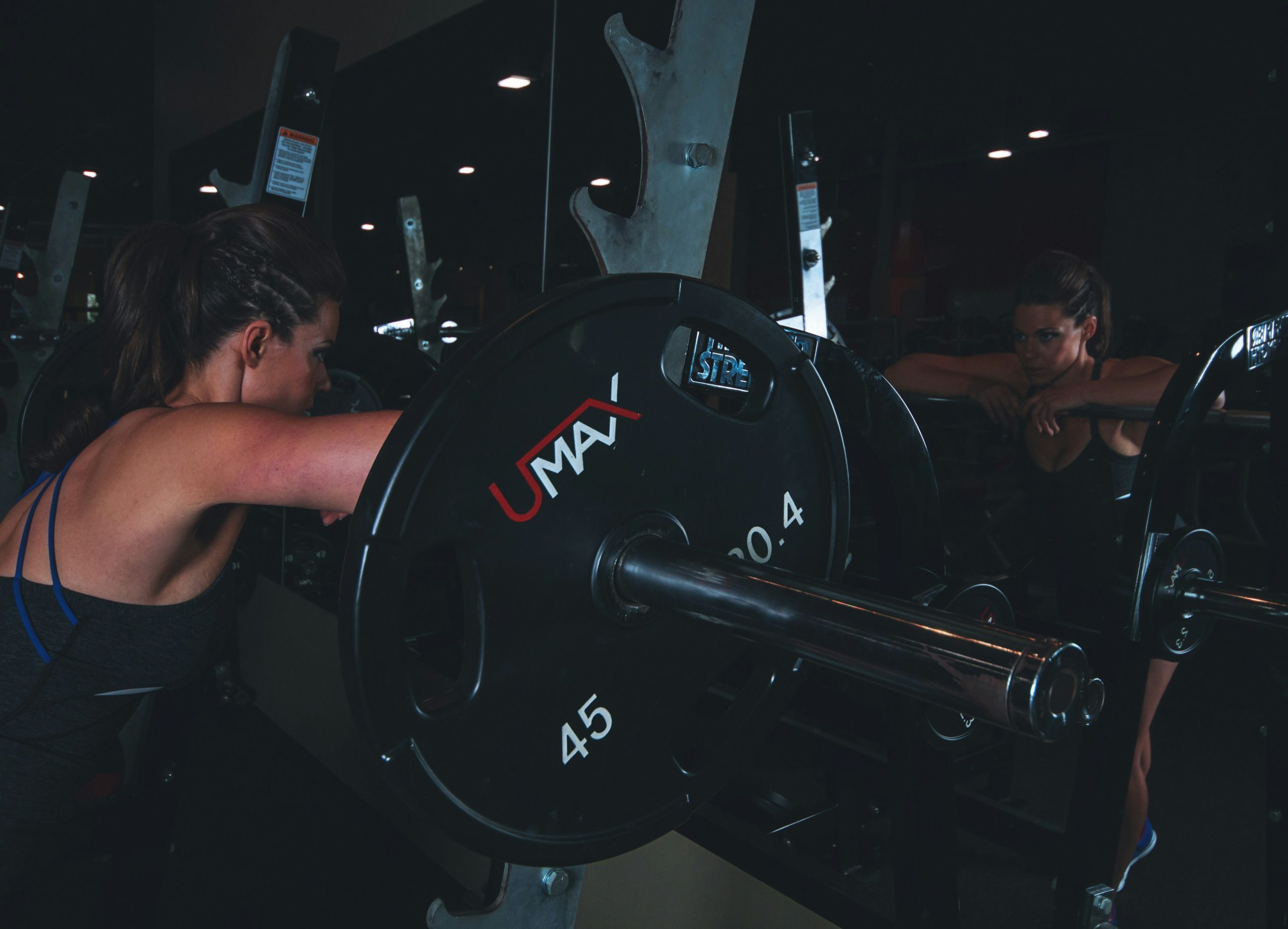
Physical Therapy Innovations for Athletes
Athletes are constantly seeking ways to enhance performance, prevent injuries, and recover faster. Physical therapy has evolved significantly in recent years, with innovative approaches that cater specifically to athletes’ needs. These advancements not only address common sports injuries but also focus on optimizing athletic performance through personalized rehabilitation and training techniques.
1. Biomechanical Analysis and Motion Capture
One of the groundbreaking innovations in physical therapy for athletes is the use of biomechanical analysis and motion capture technology. This involves:
- Tracking and analyzing movement patterns in real-time.
- Identifying biomechanical imbalances that can lead to injuries.
- Creating personalized rehabilitation programs based on individual movement data.
For example, companies like OptiTrack provide motion capture systems that allow physical therapists to precisely measure an athlete’s movements and make data-driven decisions to improve performance and reduce the risk of injury.
2. Virtual Reality (VR) Rehabilitation
Virtual reality is revolutionizing the rehabilitation process for athletes by:
- Creating immersive environments for therapy sessions.
- Simulating sports-specific scenarios to enhance mental and physical recovery.
- Improving range of motion and coordination through interactive VR exercises.
Research from the University of Southern California demonstrated that athletes recovering from ACL injuries showed faster and more effective rehabilitation outcomes when using VR compared to traditional methods.
3. Telehealth and Remote Monitoring
Telehealth has become increasingly popular among athletes, allowing them to:
- Consult with physical therapists remotely for immediate advice and support.
- Receive personalized rehabilitation programs without the need for in-person visits.
- Monitor progress through wearable devices that track movement, heart rate, and other vital metrics.
Companies like Physitrack offer platforms that enable athletes to access their rehabilitation exercises via mobile devices and receive real-time feedback from their therapists.
4. Regenerative Medicine
Advances in regenerative medicine have introduced new treatments for sports injuries, including:
- Platelet-rich plasma (PRP) therapy to accelerate healing of tendon and ligament injuries.
- Stem cell therapy to promote tissue regeneration and repair damaged muscles and joints.
- Exosome therapy for anti-inflammatory effects and enhanced tissue repair.
Professional athletes such as Tiger Woods and Rafael Nadal have undergone PRP therapy to recover from injuries and return to peak performance levels in their respective sports.
5. Wearable Technology and Biometric Sensors
Wearable technology has transformed how athletes monitor their performance and health by:
- Tracking biometric data such as heart rate variability, oxygen saturation, and muscle activity.
- Providing real-time feedback on technique and performance metrics.
- Alerting athletes and coaches to potential injury risks based on movement patterns and physiological indicators.
Companies like WHOOP and Fitbit offer wearable devices that integrate with athlete training programs to optimize recovery and performance based on data-driven insights.
Conclusion
As physical therapy continues to evolve, these innovations are reshaping how athletes approach injury recovery and performance enhancement. By integrating advanced technologies and personalized rehabilitation strategies, physical therapists are not only helping athletes recover faster but also enabling them to achieve new levels of athletic excellence.
Whether through biomechanical analysis, virtual reality rehabilitation, telehealth services, regenerative medicine, or wearable technology, these innovations are paving the way for a future where injuries are minimized, performance is maximized, and athletes can compete at their best.



